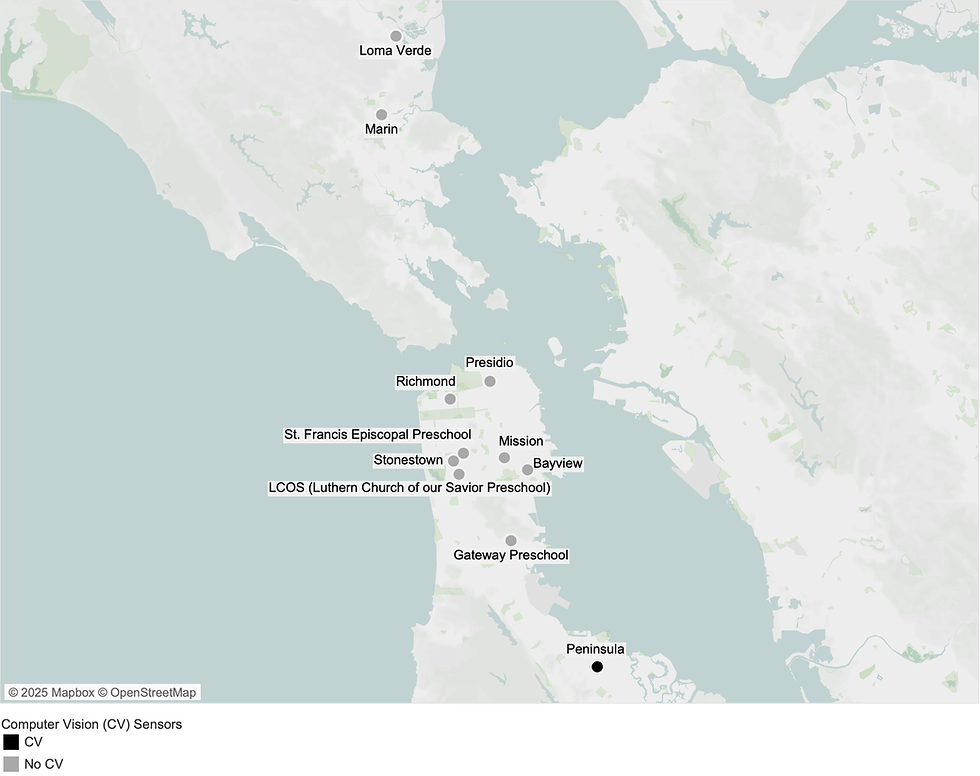Safe to Sweat, Safe to Breathe: How YMCA San Francisco Rebuilt Trust Through Data
- Archana Ramachandran
- Sep 30
- 2 min read

When wildfires and then the pandemic swept across the Bay Area, the YMCA of San Francisco, a place normally buzzing with energy, fell quiet. Basketball courts echoed, weight rooms sat empty, and community programs paused. For many, it wasn’t just the loss of a gym. It was the loss of a lifeline.
Reopening those doors required more than disinfecting surfaces and flipping on the lights. It required restoring something far more fragile: trust.
The YMCA’s leaders knew safety couldn’t be left to assumption. People needed to feel, not just hope, that it was safe to gather again. So they partnered with MKThink to bring clarity where there was doubt.
From Invisible Risks to Visible Proof
Between 2018 and 2022, MKThink deployed environmental sensors across 11 YMCA centers, measuring particulate matter, CO₂, volatile organic compounds (VOCs), and temperature. As COVID-19 reshaped public life, the system was augmented with computer vision technology to track occupancy and distancing patterns in alignment with CDC guidelines.
This monitoring uncovered the invisible:
• Gyms and cardio areas where ventilation fell short.
• Cleaning routines that inadvertently spiked VOC levels.
• Peak clustering hours when distancing guidelines broke down.

The air quality and occupancy sensors revealed how VOC levels in the basketball gym and weight room were at moderately unhealthy levels throughout the day, even during non-occupied hours. These findings helped reveal how the overuse of disinfectants was actually spiking VOC levels, introducing new risks even as staff worked harder to protect members. In cardio spaces, they showed how people clustered during peak hours, breaking distancing guidelines.
From Data to Action
Armed with this data, the YMCA didn’t hesitate. Layouts were adjusted, HVAC systems were upgraded, staff were retrained, and schedules were revised. But most importantly, the data wasn’t hidden away in reports. It was shared openly with members.
Instead of asking for blind trust, the YMCA offered transparency: Here is what we found. Here is how we fixed it. Here is why you can feel safe coming back. That honesty turned information into confidence.

From Silence Back to Strength
Slowly, the silence broke. Parents brought their children back for after-school programs. Seniors felt confident enough to return to their routines. Teenagers reclaimed the basketball courts.
In the end, the YMCA didn’t just reopen buildings. It reopened possibilities.
The YMCA story proves a powerful truth: community confidence can be measured. By blending data, transparency, and care, organizations can transform uncertainty into a sense of belonging.
Safe air. Smart strategy. Honest communication. Together, they created a roadmap that others can follow, one that shows how to protect not only health but also trust.
Curious how invisible risks can be made visible, and solvable? Let’s connect.




Comments